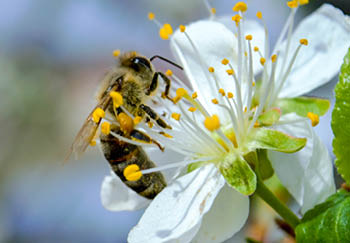Garden Wildlife Week
May 31st, 2021 | Categories
Monday 31 May – Sunday 6 June 2021 is Garden Wildlife Week! From hedgehogs to bees, our gardens are incredible ecosystems teeming with creatures who call our green spaces home. Find out the simple steps you can take to support the wildlife in your garden.
Hedgehogs
Hedgehogs aren’t just cute, they’re also valuable pest controllers!
Access – Make sure hedgehogs can get in. Hedges are the best perimeters. Good hedging plants include birch, beech, oak, hazel, dogwood and hawthorne. If you have a fence then leave a 12cm opening.
Shelter – Piles of logs, twigs and compost heaps provide a good home.
Food – Attract some of the hedgehog’s favourite food:
- Mulch beds with compost to encourage earthworms, beetles and woodlice.
- Piles of leaves to attract ground beetles.
- Leave a patch of grass to grow which will harbour insects.
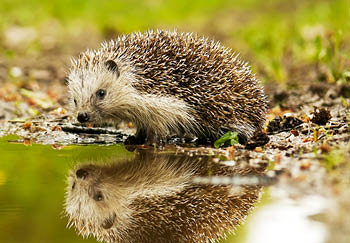
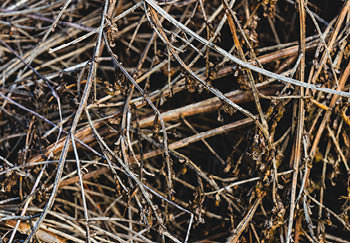
Insect House
By providing the right habitats we can greatly increase the number of beneficial insects in the garden.
Location – Most like cool damp conditions, so place the habitat in semi shade, by a hedge or under a tree.
Around Your Habitat – Plant nectar producing plants, such as asters, sedums, buddlejas and crocuses.
The House – If you are building your own, pallets are great to use for the basic structure, though no more than 5 pallets high.
Material
Attract different wildlife by filling the gaps with a range of material.
Ladybirds – Dry sticks or leaves.
Lacewing – Rolled up corrugated cardboard in a waterproof cylinder e.g. an empty bottle of pop.
Frogs and Newts – Use stone and tiles to provide cool damp conditions.
Solitary Bees – Hollow stems, such as old bamboo canes, or holes drilled into blocks of wood, make good nest sites.
Invertebrates – Love to burrow and hibernate in straw and hay.
Beetles, Centipedes and Woodlice – Lurk beneath decaying wood and bark.
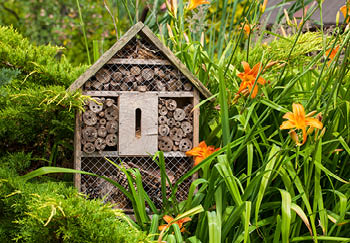
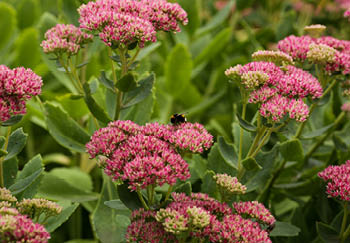
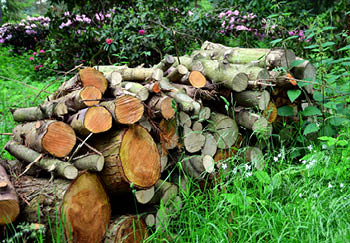
Ponds
By building a pond you can create a haven for wildlife within a short space of time.
When – Any time of the year.
Location – Warm, sunny sites are best for most wildlife.
Size – Any water will have value to wildlife.
Depth – Should have gently sloping sides to provide shallow areas on which much wildlife depends.
Planting – Plant around 2 to 3 plants per square metre as they will spread rapidly. Choose plants from each of the sections below to create the right balance:
- Oxygenator plants
- Floating plants
- Emergent plants
- Marginal or shallow water plants
- Marsh or bog plants
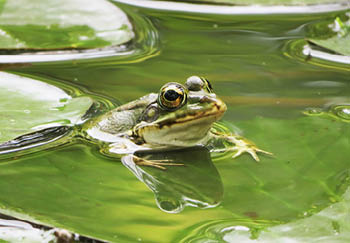
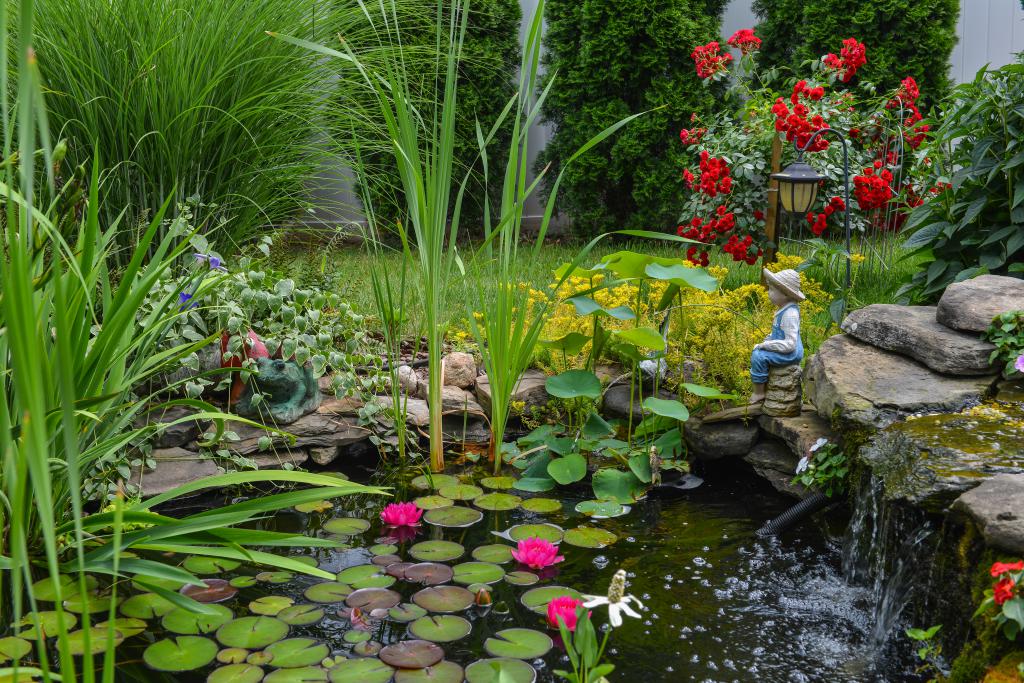
Bees
Bees need flowers for pollen and flowers need bees for pollination! Bees love:
Tubular Shaped Flowers – Such as foxgloves, honeysuckle, penstemons and snapdragons.
Purple Flowers – Such as lavender, alliums, buddleja and catmint.
Single Flowers – Double flowers are of little use, so choose single flower dahlias rather than double flowers, for example.
Herbs – Such as thyme, sage, mint, marjoram, hyssop, chives and rosemary.
